The polls are not rigged. Donald Trump is just losing.
Let's focus on the facts, shall we?
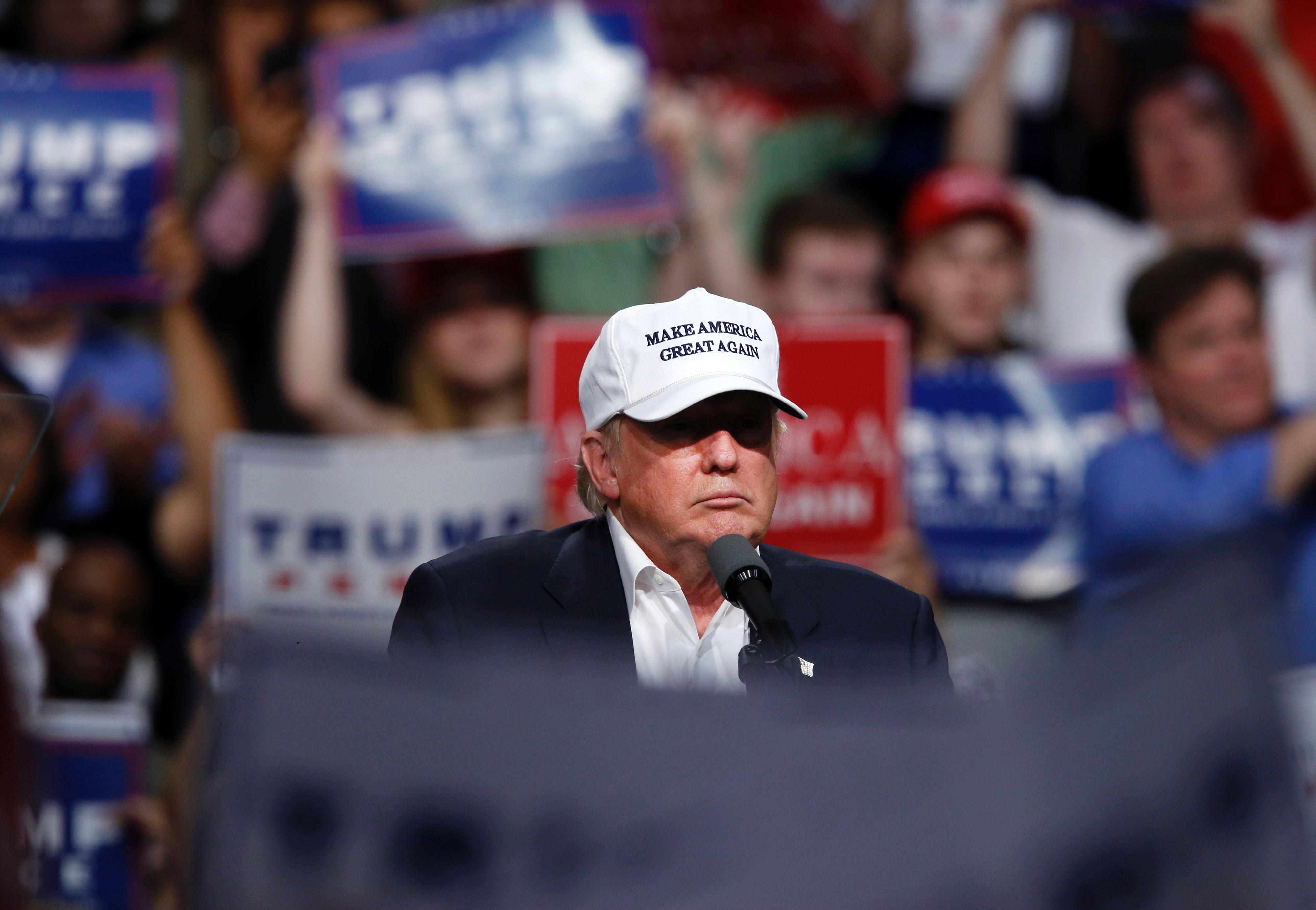

Those who do not learn from history are doomed to repeat it.
That's the key lesson from former George W. Bush press secretary Dana Perino, who is on a rampage against conservative poll truthers who are foolishly insisting that polls that show Donald Trump losing must be bogus.
The presidential polling — it is what it is. Trump's campaign and many of his supporters are trying to put the best spin possible on the numbers. I get that, but they are suggesting that the polls are rigged. They are not.They also say the size of Trump's rallies, the enthusiasm at his campaign events, and his robust social media following are more predictive of Election Day turnout than independent presidential polling. That is not true. [Dana Perino]
"Making excuses for the numbers will not change them," Perino wrote. "It would be a disservice to the candidate and his supporters to say otherwise."
The Week
Escape your echo chamber. Get the facts behind the news, plus analysis from multiple perspectives.

Sign up for The Week's Free Newsletters
From our morning news briefing to a weekly Good News Newsletter, get the best of The Week delivered directly to your inbox.
From our morning news briefing to a weekly Good News Newsletter, get the best of The Week delivered directly to your inbox.
Many of us learned this lesson in 2012, when so many Republicans insisted polls were "skewed" against Mitt Romney. Unfortunately, the lessons of 2008 have clouded the issue, because Republicans and conservatives misunderstood the basis of Barack Obama's sweeping victory. That led to serious miscalculations on the right in 2012, and myths that continue to this day.
Republicans viewed Obama's victory in 2008 as a triumph of mass marketing, rally-based campaigning, and no small amount of media manipulation. They saw the Obama campaign's forays into social media strictly as vehicles for national messaging. In 2012, the Mitt Romney campaign oriented its efforts along the same lines, while insisting that polling was biased based on turnout models that favored Democrats. Pundits on the right followed suit with "unskewing" efforts that showed Romney leading in alternate turnout models.
What this missed was the ground organization put together by the man Republicans derided as the "community organizer in chief." The 2008 campaign used social media not merely as a channel for national messaging, but to identify potential supporters in neighborhoods in every key swing area. They turned these people into ambassadors, learned how national issues played in each community, and skillfully tailored messaging and issue priorities to build emotional bonds with these voters. The prodigious fundraising of Barack Obama allowed his team to build a vast peer-to-peer model of voter engagement for exactly that purpose.
Those emotional bonds — plus a deep investment in get-out-the-vote resources — produced a significantly new turnout model in the 2008 presidential election. Four years later, even with President Obama enjoying much less popularity than before, the same campaign apparatus easily reconnected those emotional ties to people who saw their 2008 vote as a personal commitment that defined who they are. That drove the turnout model in Obama's favor; despite a lower overall turnout, the demographics turned out to be remarkably similar to 2008.
A free daily email with the biggest news stories of the day – and the best features from TheWeek.com
Republicans lost a winnable presidential election in 2012 because they learned the wrong lessons in 2008. Unfortunately, the myth of rallies being more reliable than polls still has not faded. Donald Trump's rallies are far more impressive than Hillary Clinton's. Clinton is also stomping Trump in nearly every important poll. Both of these things are true. Only when Republicans accept this can they hope to beat Clinton.
And remember: Poor polling in August isn't the end of the world. The general election campaign still has another 11 weeks to go, and both candidates have low likability numbers and are vulnerable to emerging negative narratives. Polling isn't an exact science, either, as the 2014 midterm cycle proved when polls seriously underestimated Republican strength in gubernatorial and Senate races. This weekend, the encyclopedic Michael Barone noted some irregularities between "key state" polling and national numbers that might suggest that the latter may be missing some Trump strength. Voter registration numbers in swing states show momentum and could still change in Republicans' favor.
So what's the lesson? Remain focused on evidence rather than anecdotes. Gain a proper understanding of how that evidence played out in the recent past. Perino is correct, although it might be better put by quoting The Who: "We won't get fooled again." If we do allow ourselves to get fooled into thinking that rallies are indicative of turnout and support, well … meet the new boss, same as the old boss.
Edward Morrissey has been writing about politics since 2003 in his blog, Captain's Quarters, and now writes for HotAir.com. His columns have appeared in the Washington Post, the New York Post, The New York Sun, the Washington Times, and other newspapers. Morrissey has a daily Internet talk show on politics and culture at Hot Air. Since 2004, Morrissey has had a weekend talk radio show in the Minneapolis/St. Paul area and often fills in as a guest on Salem Radio Network's nationally-syndicated shows. He lives in the Twin Cities area of Minnesota with his wife, son and daughter-in-law, and his two granddaughters. Morrissey's new book, GOING RED, will be published by Crown Forum on April 5, 2016.
-
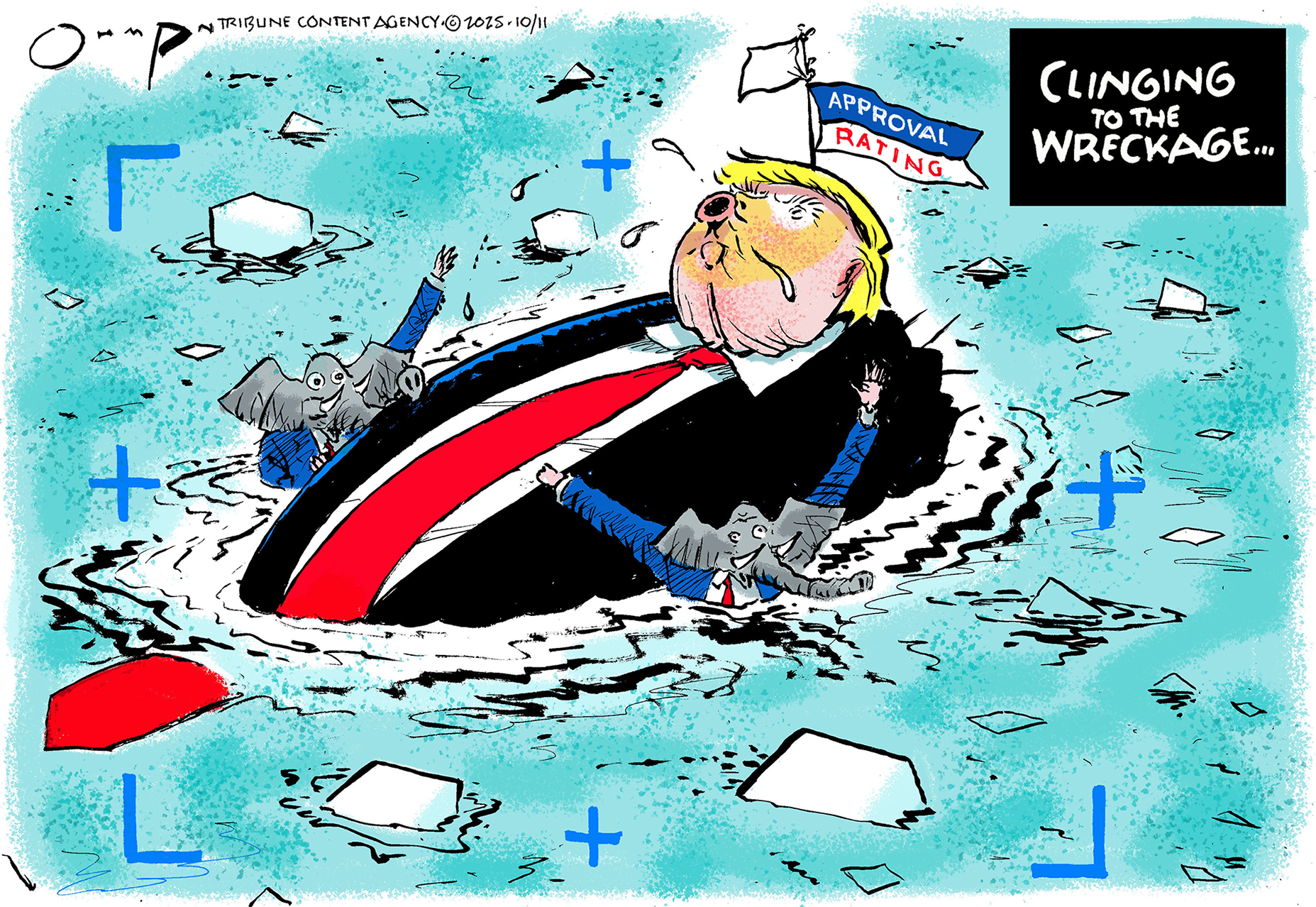 Political cartoons for December 11
Political cartoons for December 11Cartoons Thursday's political cartoons include sinking approval ratings, a nativity scene, and Mike Johnson's Christmas cards
-
 It Was Just an Accident: a ‘striking’ attack on the Iranian regime
It Was Just an Accident: a ‘striking’ attack on the Iranian regimeThe Week Recommends Jafar Panahi’s furious Palme d’Or-winning revenge thriller was made in secret
-
 Singin’ in the Rain: fun Christmas show is ‘pure bottled sunshine’
Singin’ in the Rain: fun Christmas show is ‘pure bottled sunshine’The Week Recommends Raz Shaw’s take on the classic musical is ‘gloriously cheering’
-
 Has Zohran Mamdani shown the Democrats how to win again?
Has Zohran Mamdani shown the Democrats how to win again?Today’s Big Question New York City mayoral election touted as victory for left-wing populists but moderate centrist wins elsewhere present more complex path for Democratic Party
-
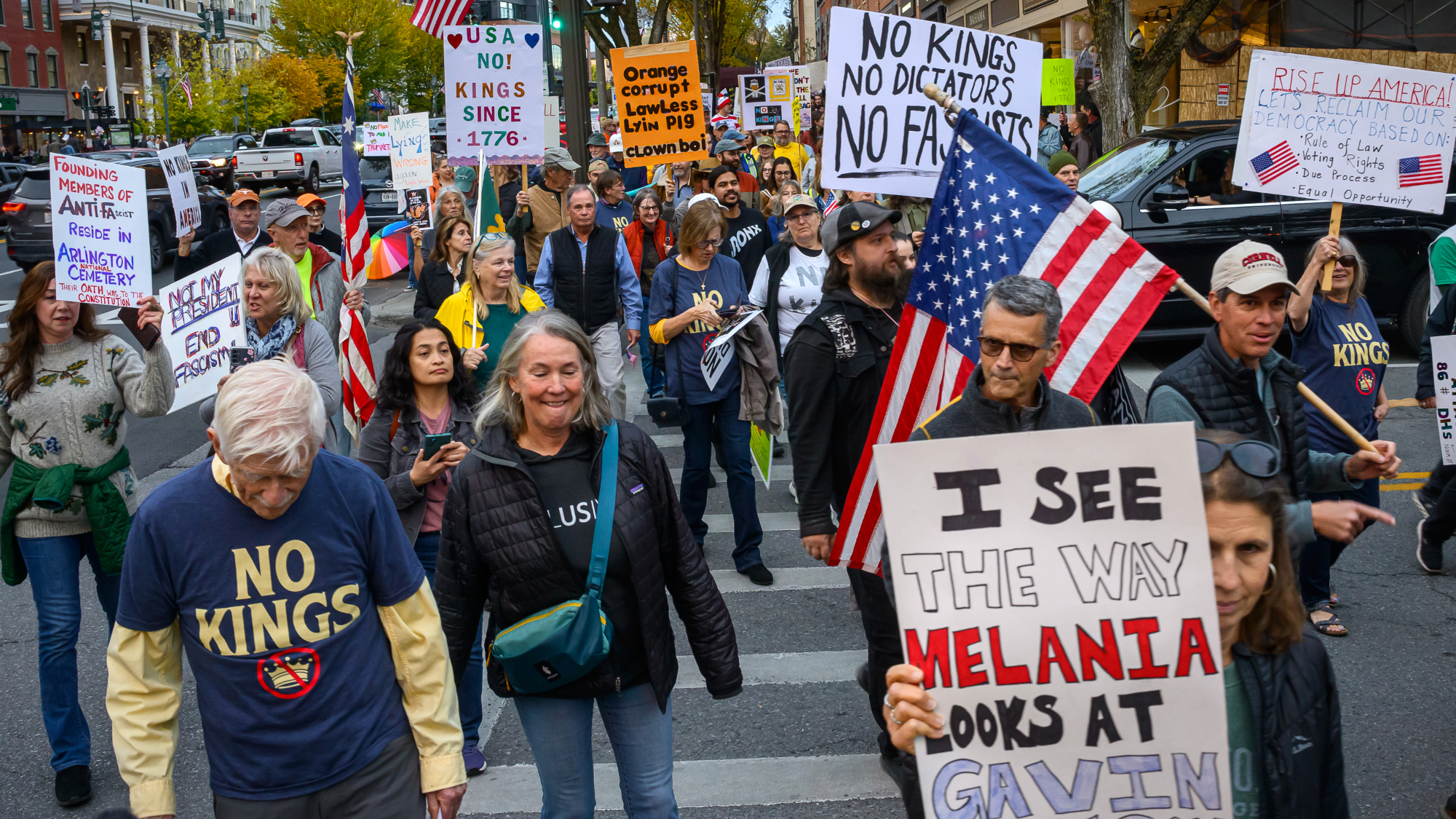 Millions turn out for anti-Trump ‘No Kings’ rallies
Millions turn out for anti-Trump ‘No Kings’ ralliesSpeed Read An estimated 7 million people participated, 2 million more than at the first ‘No Kings’ protest in June
-
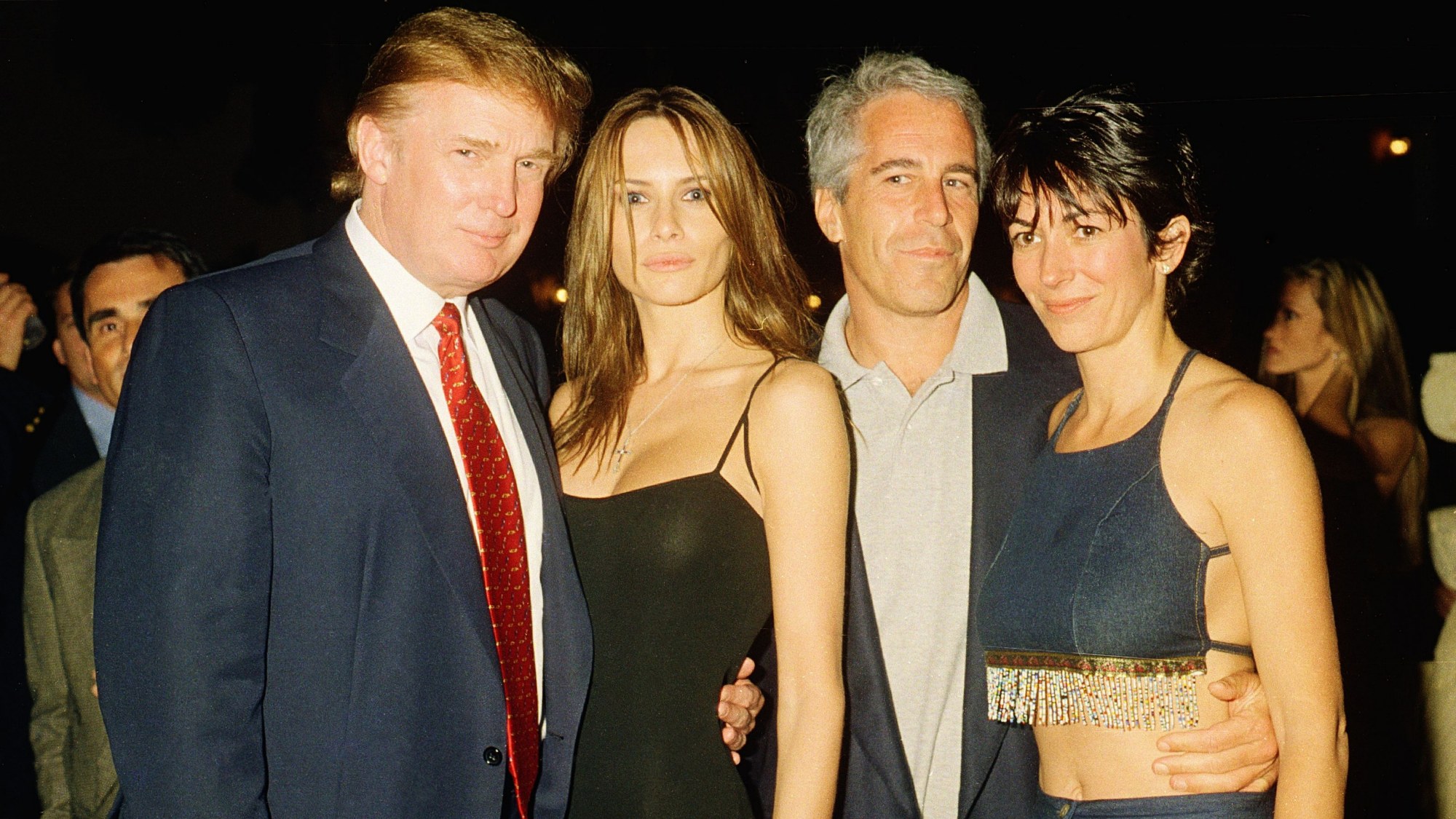 Ghislaine Maxwell: angling for a Trump pardon
Ghislaine Maxwell: angling for a Trump pardonTalking Point Convicted sex trafficker's testimony could shed new light on president's links to Jeffrey Epstein
-
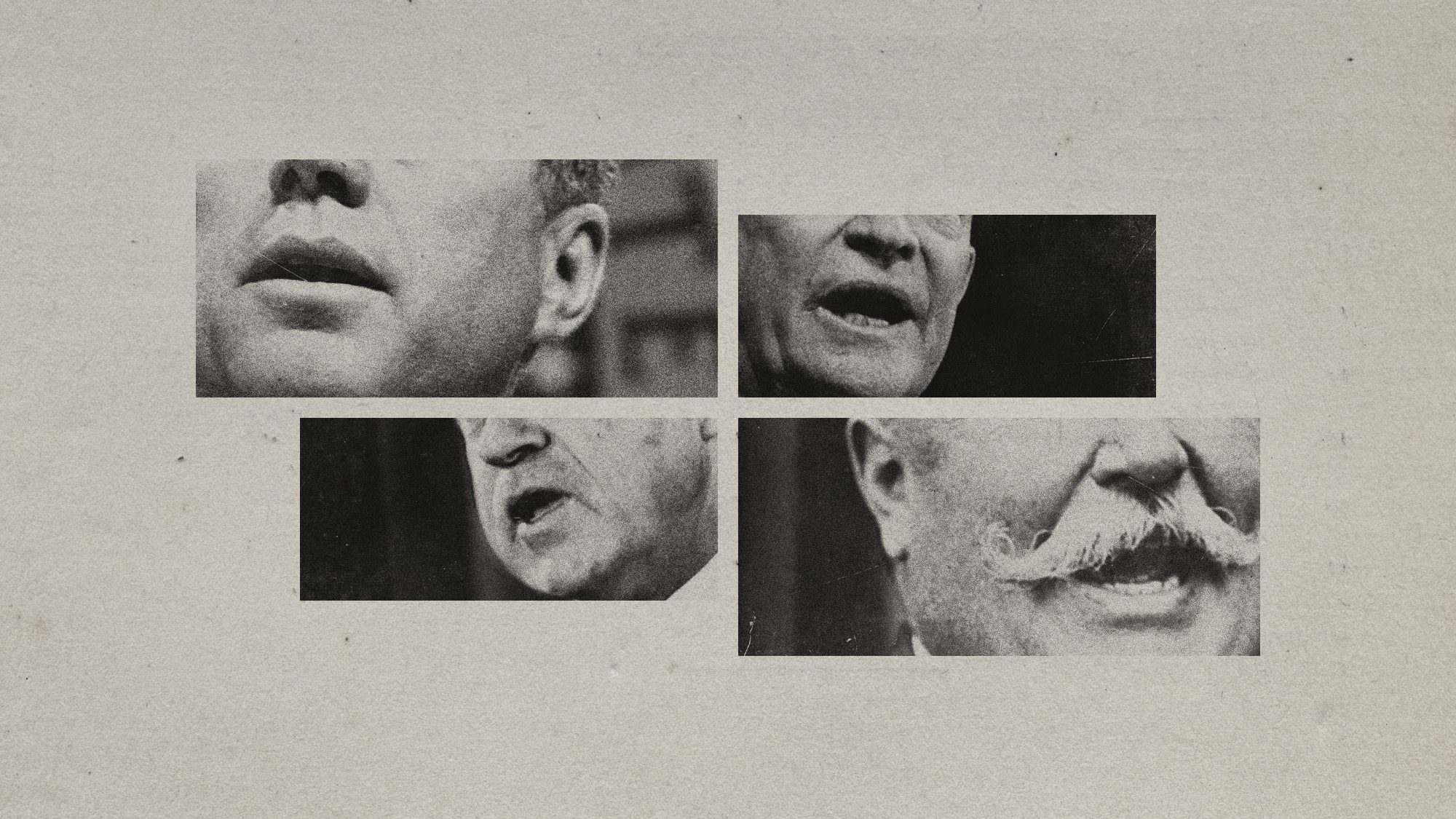 The last words and final moments of 40 presidents
The last words and final moments of 40 presidentsThe Explainer Some are eloquent quotes worthy of the holders of the highest office in the nation, and others... aren't
-
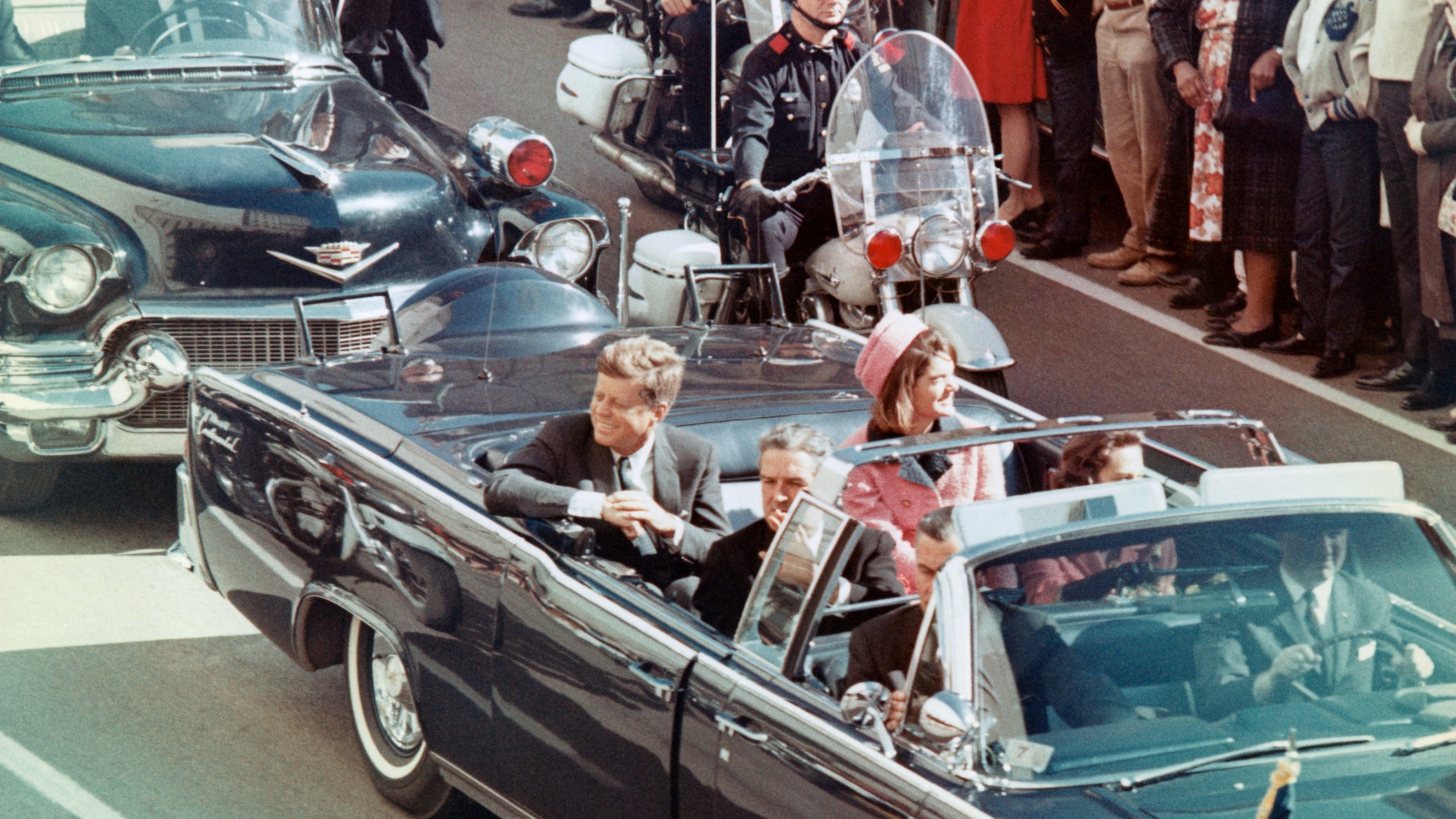 The JFK files: the truth at last?
The JFK files: the truth at last?In The Spotlight More than 64,000 previously classified documents relating the 1963 assassination of John F. Kennedy have been released by the Trump administration
-
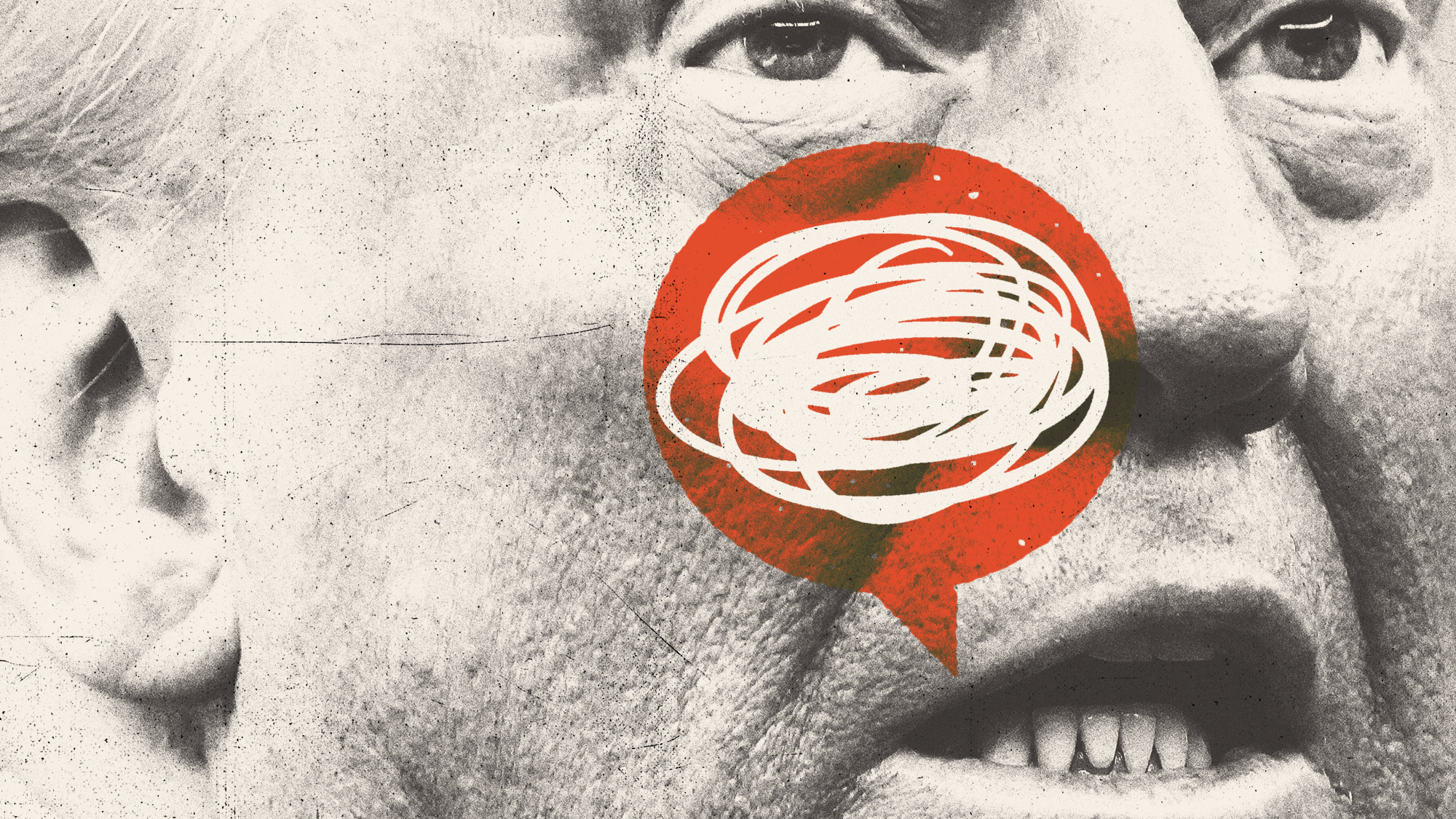 'Seriously, not literally': how should the world take Donald Trump?
'Seriously, not literally': how should the world take Donald Trump?Today's big question White House rhetoric and reality look likely to become increasingly blurred
-
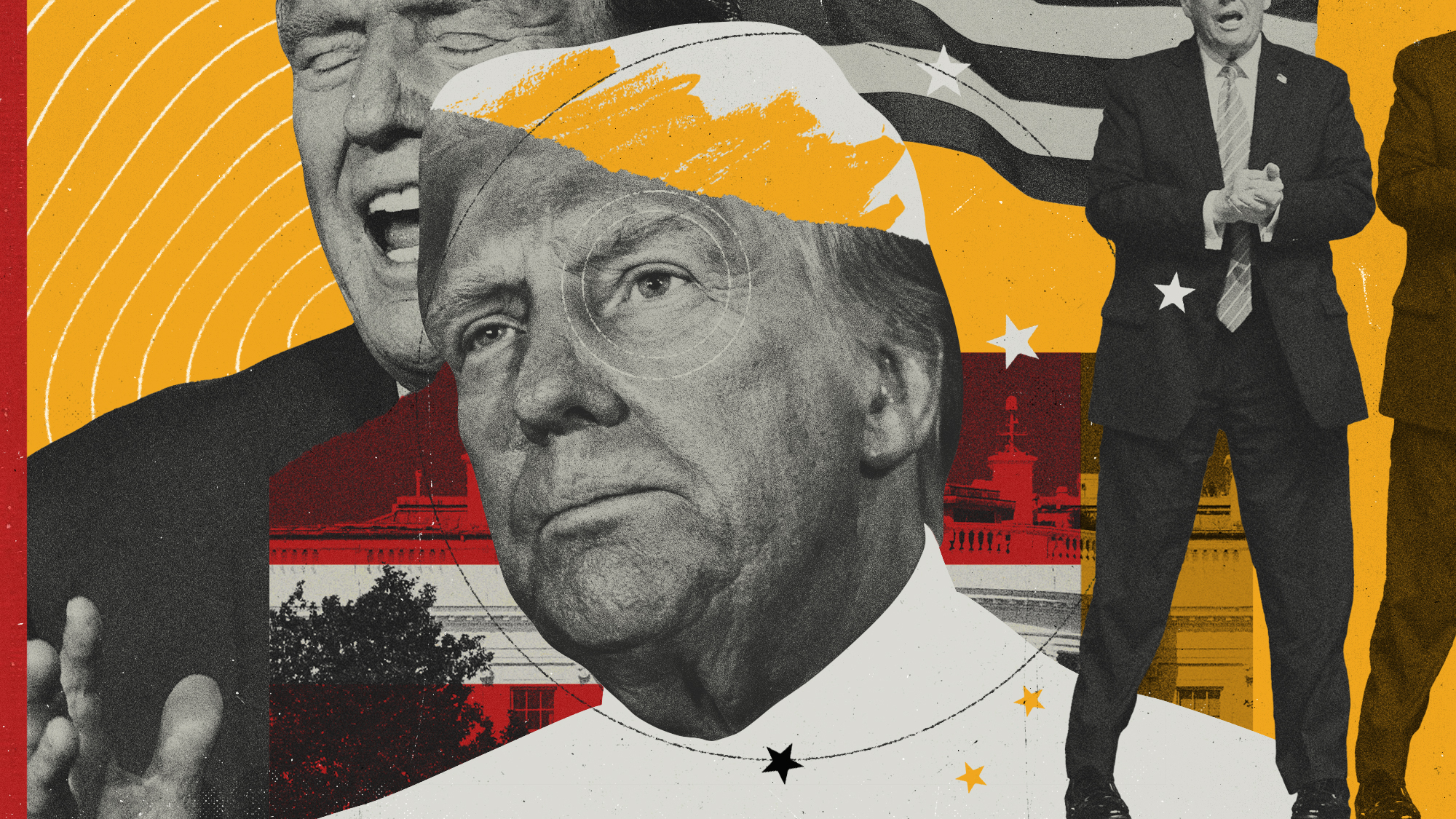 Will Trump's 'madman' strategy pay off?
Will Trump's 'madman' strategy pay off?Today's Big Question Incoming US president likes to seem unpredictable but, this time round, world leaders could be wise to his playbook
-
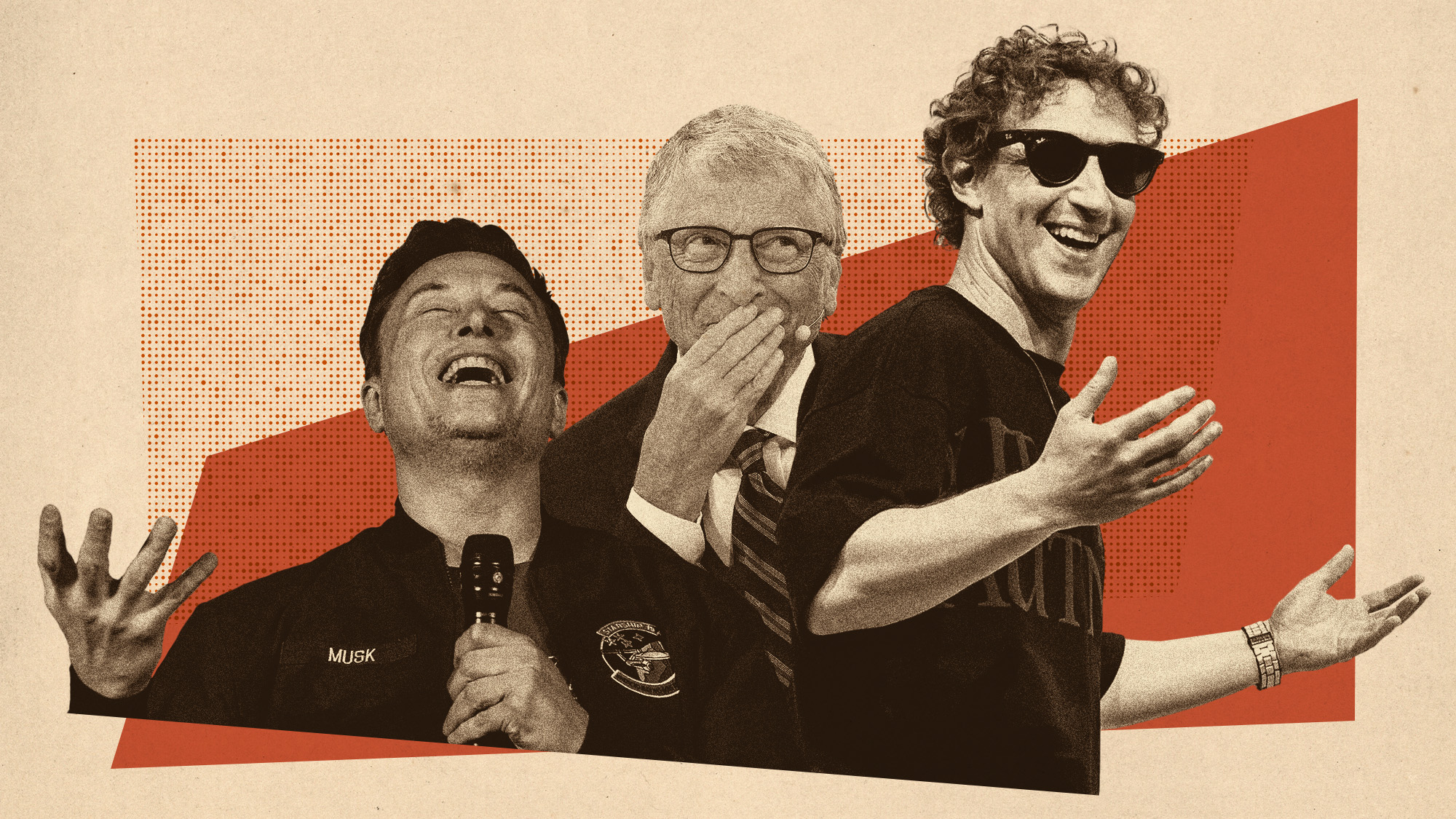 Democrats vs. Republicans: who are US billionaires backing?
Democrats vs. Republicans: who are US billionaires backing?The Explainer Younger tech titans join 'boys' club throwing money and support' behind President Trump, while older plutocrats quietly rebuke new administration
